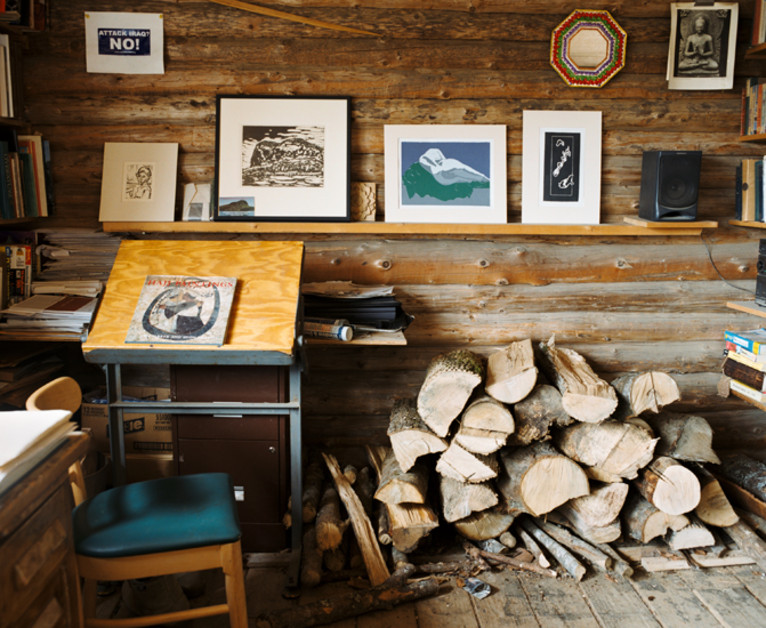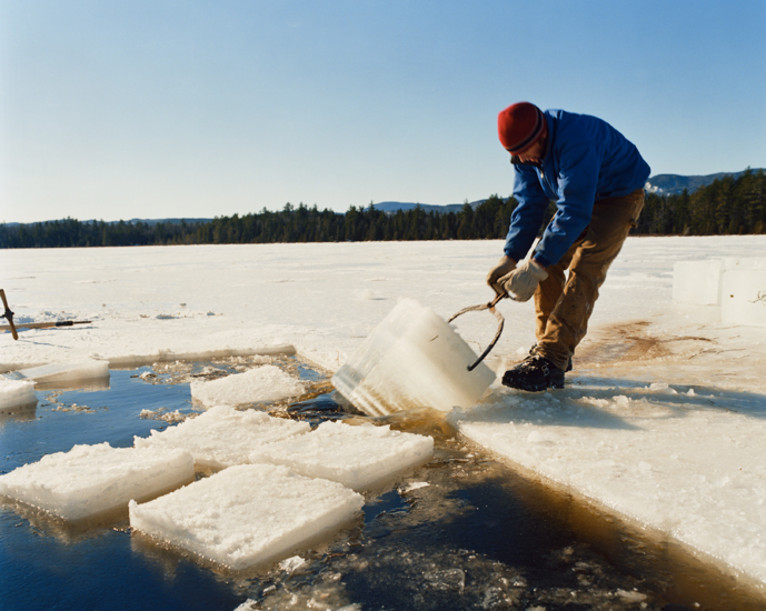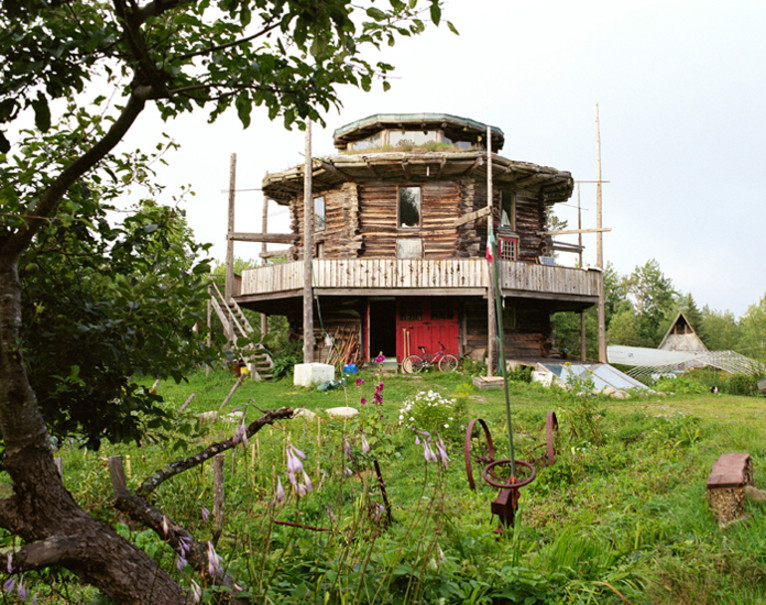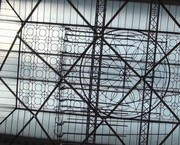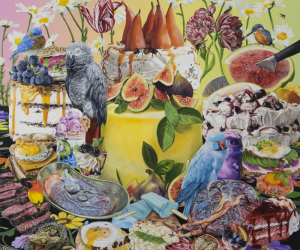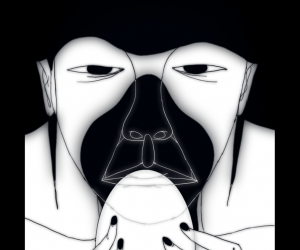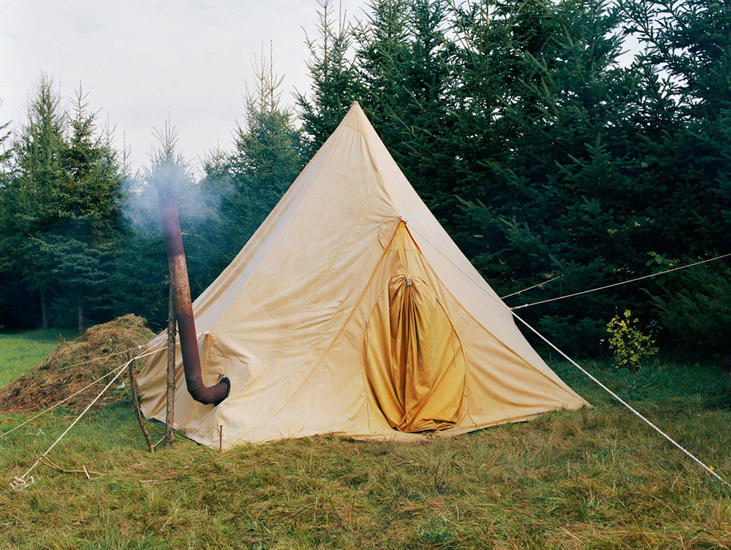
Keliy Anderson Staley – Off The Grid
Posted by Fabio 21 April 2010
Off the Grid is a study of thirty families living in Maine without electricity, plumbing or phones. Scattered throughout the Maine woods, these homes are disconnected from the grid of wires and media that bind distant Americans together. Although they have all rejected aspects of the modern world, their beliefs and commitments vary widely—ranging from environmentalism to evangelism to anarchism.Yet the families living in these homes—and on the occasional commune—form a sort of makeshift community. I see this project as an examination of how homes become an expression of personal ideology. I am especially interested in depicting the relationships between people and their homes through the mundane details of the material worlds they have built around themselves.
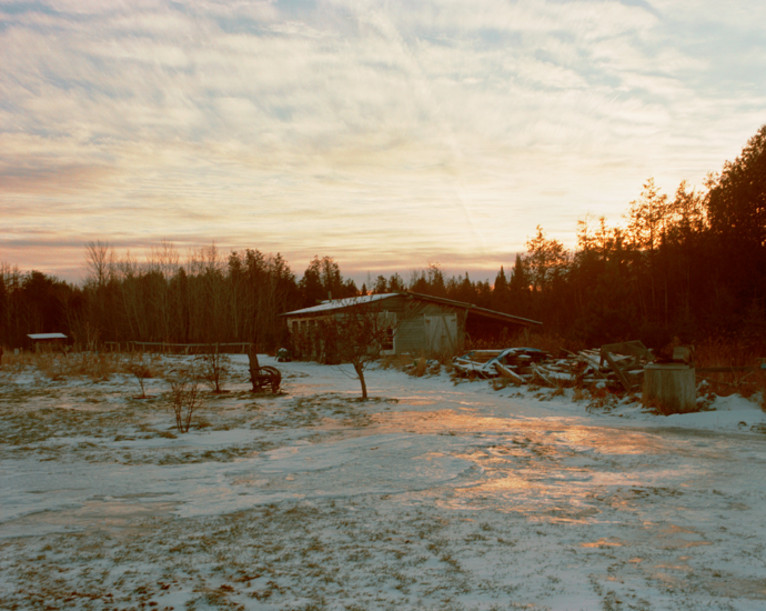
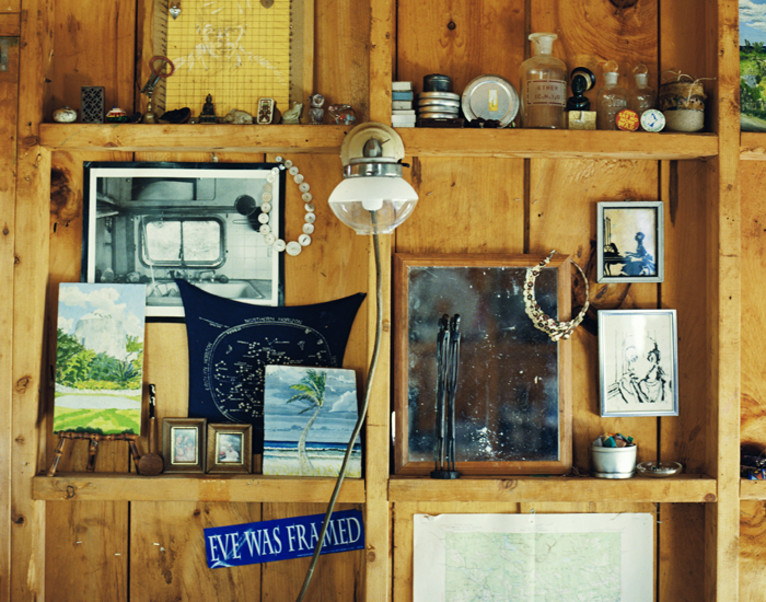 Tensions within families, between generations, and between individuals and larger communities are among the psychological themes explored. I am especially interested in capturing the complex attitudes of the children as they echo their parent’s pride while still exhibiting some frustration and discontentment. The new wave of homesteaders in their 20s and 30s is also surprisingly strong. Although their gardens and homes look similar to the ones built in the 70s and early 80s, there is a different atmosphere. At the same time, they are still bathing their children in the same metal tubs I remember using as a kid.
Tensions within families, between generations, and between individuals and larger communities are among the psychological themes explored. I am especially interested in capturing the complex attitudes of the children as they echo their parent’s pride while still exhibiting some frustration and discontentment. The new wave of homesteaders in their 20s and 30s is also surprisingly strong. Although their gardens and homes look similar to the ones built in the 70s and early 80s, there is a different atmosphere. At the same time, they are still bathing their children in the same metal tubs I remember using as a kid.
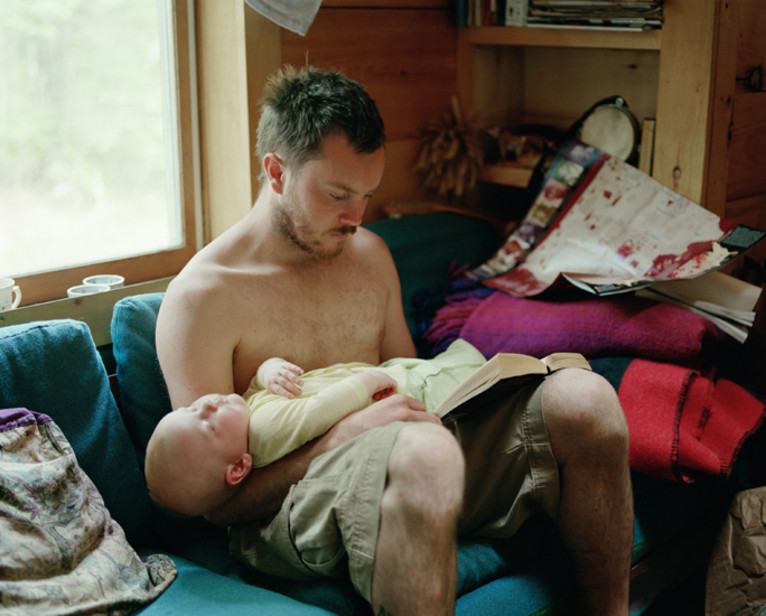
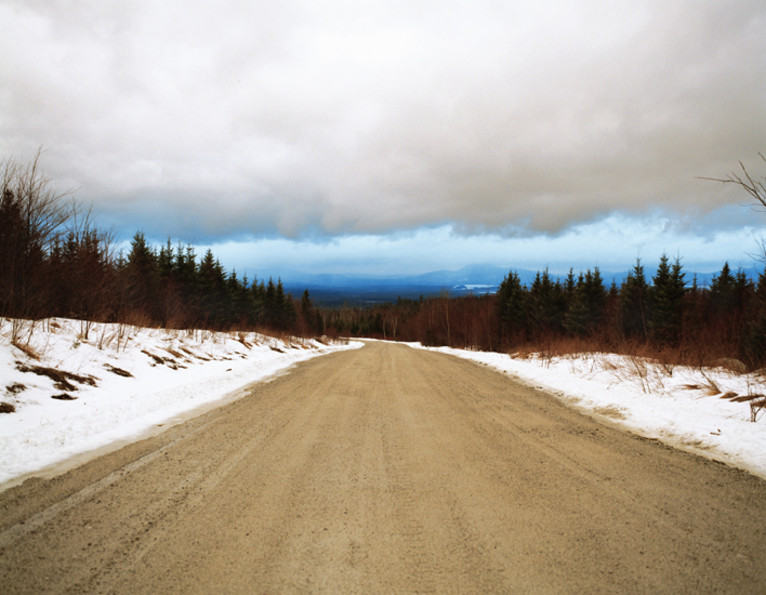 I am drawn to the beauty of the crude, hand-made structures, and I have worked to develop a photographic style appropriate for representing them. For these families, their home is their masterpiece. Many of their systems are improvised and idiosyncratic, developed over many years. As many of the subjects use the sun as their primary energy source, my photographs are concerned with natural light. Gardens, wood, ice, and the forest run through the project as unifying visual motifs. Captured across the four seasons, there is also a cyclical structure to the project.
I am drawn to the beauty of the crude, hand-made structures, and I have worked to develop a photographic style appropriate for representing them. For these families, their home is their masterpiece. Many of their systems are improvised and idiosyncratic, developed over many years. As many of the subjects use the sun as their primary energy source, my photographs are concerned with natural light. Gardens, wood, ice, and the forest run through the project as unifying visual motifs. Captured across the four seasons, there is also a cyclical structure to the project.
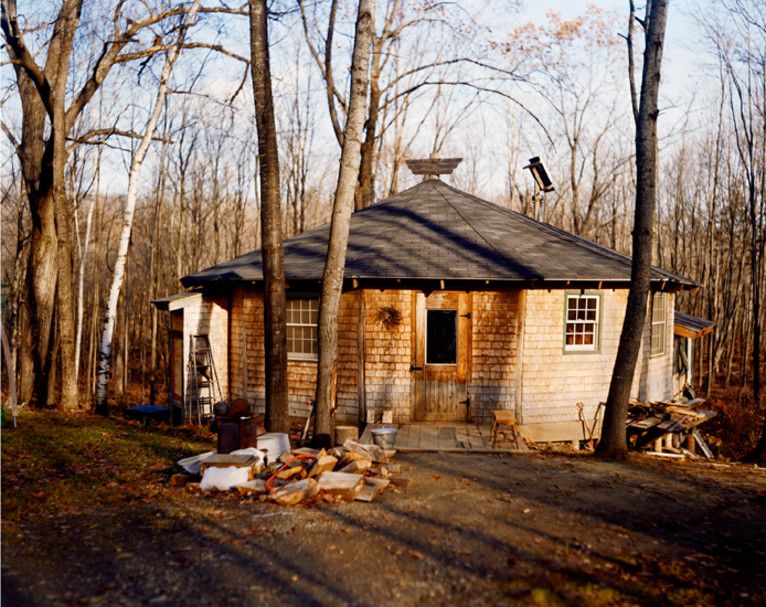
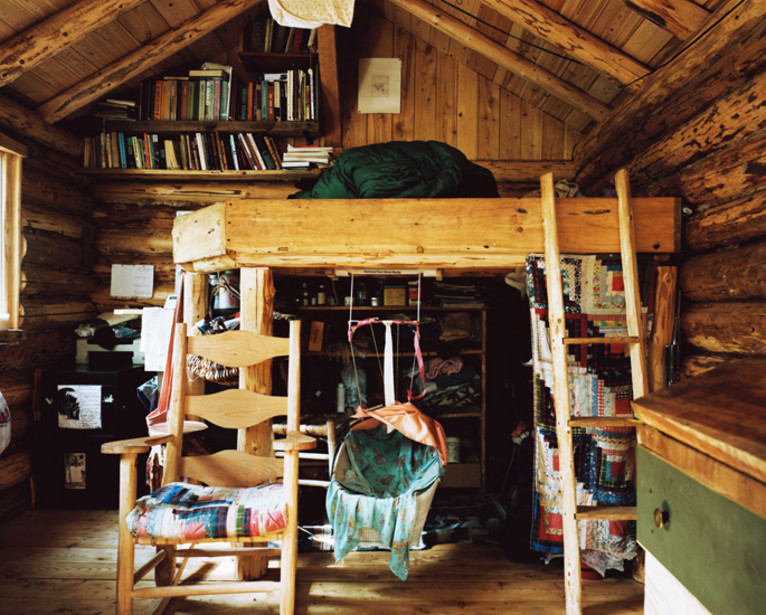
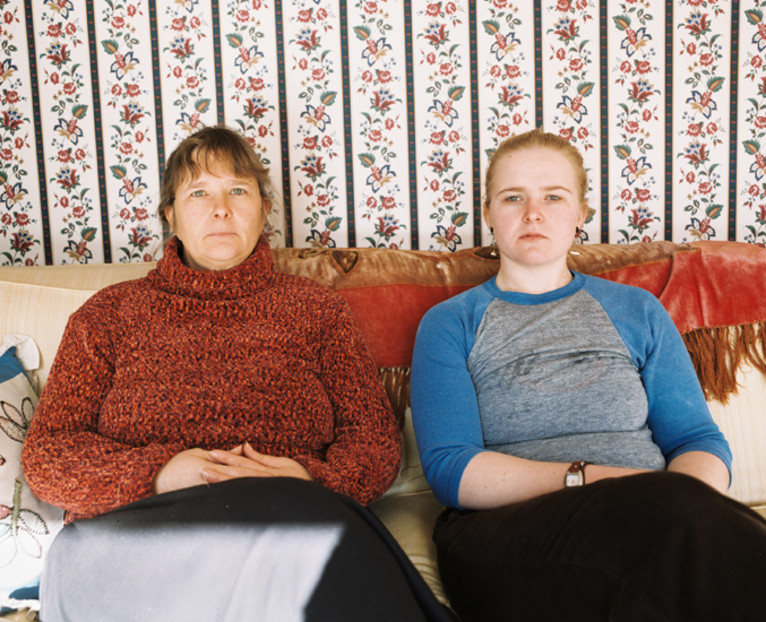 I grew up in one of these log cabins, and this project started with my own family. Returning to photograph the area where I grew up, I am aware of being both an insider and an outsider. I do not want to over-romanticize this way of living or over-estimate the role it might play in resolving the global environmental crisis. I feel it is important to engage in discussions about how we live and how our domestic lives impact the broader world. I also hope to continue to document this subculture, one that—although it is still vital 35 years after the first major wave of homesteaders—remains under-explored. My intention is not to judge or to present these families in an ironic light. Many of the individuals in this project describe happiness, even as they recount the daily struggles of survival. It is this mix of attitudes that I am seeking to capture. _Keliy Anderson Staley
I grew up in one of these log cabins, and this project started with my own family. Returning to photograph the area where I grew up, I am aware of being both an insider and an outsider. I do not want to over-romanticize this way of living or over-estimate the role it might play in resolving the global environmental crisis. I feel it is important to engage in discussions about how we live and how our domestic lives impact the broader world. I also hope to continue to document this subculture, one that—although it is still vital 35 years after the first major wave of homesteaders—remains under-explored. My intention is not to judge or to present these families in an ironic light. Many of the individuals in this project describe happiness, even as they recount the daily struggles of survival. It is this mix of attitudes that I am seeking to capture. _Keliy Anderson Staley

